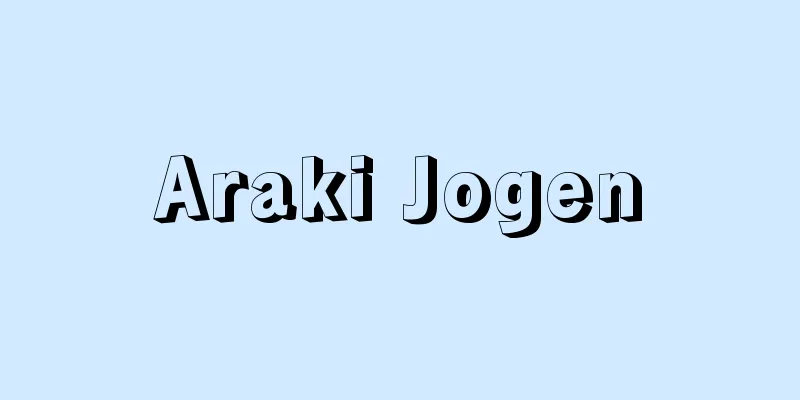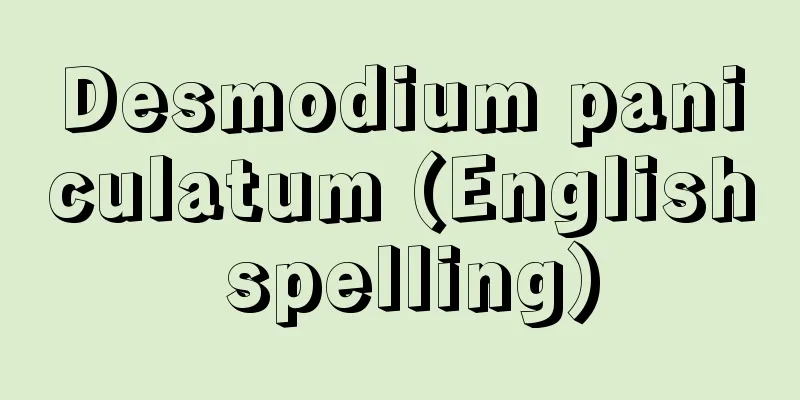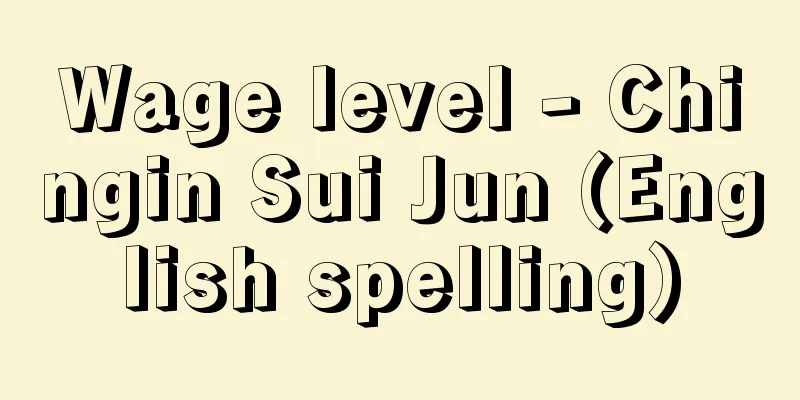Meiji Village

|
This open-air museum is a collection of representative buildings from the Meiji period relocated from Inuyama City in northwestern Aichi Prefecture. It covers an area of 1 million square meters and stretches along the west bank of Iruka Pond. It was conceived by architect Yoshiro Taniguchi and Nagoya Railroad president Motoo Tsuchikawa, and is run by Nagoya Railroad, and opened in 1965 (Showa 40). There are also the former residence of Saigo Tsugumichi, the former Anglican Church Kyoto Covenant Church (St. John's Church), the former Yamanashi Prefecture Higashiyamanashi County Office, the former Shinagawa Lighthouse, the former Sugashima Lighthouse attached official residence, the former Mie Prefectural Office, the former Sapporo telephone exchange, the former Tomatsu family residence, the former Kurehaza theater, the former Ise Post Office (Ujiyamada Post Office) (all of which are designated as important cultural properties by the country), the residence of the Meiji period literary figure Koda Rohan, "Kagyuan," the residence of Mori Ogai and Natsume Soseki, the villa of Saionji Kinmochi, "Zagyo-so," the main entrance of the Imperial Hotel, and the main gate of the former Hachiko High School. There is a direct bus from Nagoya City. [Gohei Ito] An open-air museum where representative buildings from the Meiji era have been relocated. The village opened in 1965 (Showa 40). On the site of 1 million m, more than 60 buildings have been relocated and preserved, including the residence of Saigo Tsunemichi, the entrance to the Imperial Hotel, and the former residences of Meiji era literary figures. Japan's first streetcar (photo) and bonnet buses run within the village. Inuyama City, Aichi Prefecture © Aichi Prefecture Tourism Association "> Meiji Mura Museum This Western-style building was built by Saigo Tsugumichi, a military man and politician from the Meiji period, on the premises of his own residence in Kamimeguro, Tokyo. It was constructed in the 1870s. It was mainly used to receive foreign diplomats living in Japan. It was moved to Meiji Mura in 1964 (Showa 39) as a good example of a Western-style house from the early Meiji period. Nationally designated Important Cultural Property Meiji Mura Museum, Inuyama City, Aichi Prefecture © General Incorporated Association Aichi Prefecture Tourism Association "> Former Residence of Tsunemichi Saigo The central entrance of the Imperial Hotel, designed by American architect Wright and completed and opened in 1923 (Taisho 12). The hotel building was considered a masterpiece of modern architecture, but was demolished in 1967 (Showa 42), and part of it was moved to Meiji Mura in 1985. Inuyama City, Aichi Prefecture Meiji Mura Museum © Aichi Prefecture Tourism Association "> Former Imperial Hotel central entrance Source: Shogakukan Encyclopedia Nipponica About Encyclopedia Nipponica Information | Legend |
|
愛知県北西部、犬山市にある明治時代の代表的建造物を移築した野外博物館。面積100万平方メートル、入鹿(いるか)池の西岸に沿って広がる。建築家の谷口吉郎(たにぐちよしろう)と名古屋鉄道社長の土川元夫(つちかわもとお)の発案、経営は名古屋鉄道で1965年(昭和40)開村した。旧西郷従道(つぐみち)住宅、旧日本聖公会京都聖約翰(かん)教会堂(聖ヨハネ教会堂)、旧山梨県東山梨郡役所、旧品川灯台、旧菅島(すがしま)灯台付属官舎、旧三重県庁舎、旧札幌電話交換局舎、旧東松家住宅、芝居小屋旧呉服(くれは)座、旧伊勢郵便局舎(宇治山田郵便局舎)(以上、国指定重要文化財)のほか、明治の文豪幸田露伴(ろはん)住宅「過牛庵(かぎゅうあん)」、森鴎外(おうがい)や夏目漱石(そうせき)が住んだ住宅、西園寺公望(さいおんじきんもち)別邸「坐漁(ざぎょ)荘」、帝国ホテル中央玄関、旧制八高の正門などもある。名古屋市から直通バスがある。 [伊藤郷平] 明治時代の代表的建造物を移築した野外博物館。1965年(昭和40)開村。100万mの敷地に、西郷従道住宅、帝国ホテル玄関、明治の文豪たちの旧邸など、60以上の建造物が移築・保存されている。村内には日本最初の市電(写真)やボンネットバスが走る。愛知県犬山市©一般社団法人愛知県観光協会"> 博物館明治村 明治時代の軍人・政治家、西郷従道が東京上目黒の自邸内に建てた洋館。明治10年代の建築。おもに在日の外交官などとの応接に用いられた。明治初期の洋風住宅の好例として、1964年(昭和39)明治村に移築された。国指定重要文化財 愛知県犬山市 博物館明治村©一般社団法人愛知県観光協会"> 旧西郷従道住宅 アメリカ人建築家ライトの設計により、1923年(大正12)に竣工・開業した帝国ホテル本館の中央玄関。ホテルの建物は近代建築の傑作とされたが、1967年(昭和42)に取り壊され、その一部が1985年明治村に移築された。愛知県犬山市 博物館明治村©一般社団法人愛知県観光協会"> 旧帝国ホテル中央玄関 出典 小学館 日本大百科全書(ニッポニカ)日本大百科全書(ニッポニカ)について 情報 | 凡例 |
<<: Meishuya - famous sake shop
Recommend
Different era names - Inengo
〘Noun〙 = Itsunengo (anonymous year) ※Essay, Chisho...
Commoner - Heimin
In 1869 (Meiji 2), when the new Meiji government ...
Right to strike
The right of workers to take industrial action to...
Yellow-breasted Bunting (English: Yellow-breasted Bunting)
A passerine bird of the Emberizidae family. It is ...
Pupa contigua (English spelling) pupacontigua
...Pupa obtecta refers to the pupae of Lepidopter...
Rodeo - Rodeo (English spelling)
A sport in which riders ride wild horses and wres...
Leave of absence - leave of absence
...(c) refers to cases where an employee is engag...
Sword fish
…General term for fishes belonging to the Istioph...
Belief in the guardian deity
Banshin is an abbreviation of Sanjubanshin. It is ...
Esprit Nouveau Hall - Esprit Nouveau Hall
… With the invention of the elevator, high-rise a...
Jean Pucelle
? - c.1334 French manuscript illustrator. Active i...
holothurin
...There are also cases where crabs live symbioti...
Pre-Projectile Point Culture - Pre-Projectile Point Culture
This is a stone tool culture thought to be the old...
Nucleoplasm
The protoplasm that makes up the cell nucleus. It ...
Ligurian Sea - Ligurian Sea
An inlet in the western Mediterranean Sea, northwe...









